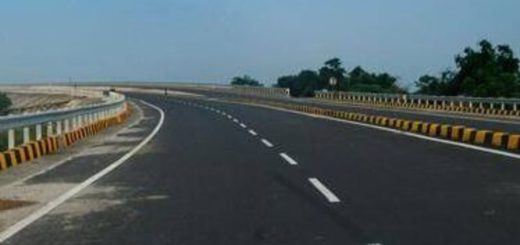Real-Time Fleet Operations Require Monitoring and Management
Modern technology allows fleet managers to track their assets in real time, even when they are always in motion. No more awaiting a driver to deliver or phone in a car report personally. Fleet monitoring and management systems have become effective tools that enable businesses to increase productivity, promote driver safety, save expenses, and boost customer satisfaction. To help organizations that want to improve their operations, this article examines the main features of a cutting-edge real-time fleet monitoring and management system.
Features of Real-Time Fleet Monitoring and Management System
-
Streamline the Monitoring and Tracking of Vehicles
Vehicle tracking that is precise and current is the first step in effective fleet management. Modern fleet monitoring systems use cutting-edge GPS technology to comprehensively overview the whole fleet. Fleet managers may optimize operations and boost efficiency by keeping an eye on the locations, routes, and speeds of their vehicles.
-
Monitoring Vehicles in Real-Time
A dependable fleet monitoring system’s tracking capabilities provide a comprehensive view of vehicle locations at any given moment. This comprehensive visibility into fleet asset movements and status empowers managers to make informed decisions swiftly and efficiently in response to unforeseen circumstances. Real-time tracking streamlines access to current operational data by eliminating the need for manual communication. Furthermore, a centralized dashboard enables seamless retrieval of historical and real-time data for drivers, equipment, and vehicles, facilitating informed decision-making and optimized fleet management.
-
Warnings and Geofencing
A useful tool that makes it possible to create virtual borders around particular places or regions is geofencing. Fleet managers may set up geofences to get fast notifications when their cars enter or leave specific areas. This feature increases security, aids in preventing unauthorized usage of cars, and speeds up emergency response times. For instance, real-time notifications that inform managers when equipment is unexpectedly moved or utilized might be helpful for construction organizations.
-
Improve the Performance and Safety of Drivers
Effective fleet management depends on the health and safety of the drivers. Promoting safety and lowering the risk of accidents may both be greatly aided by a monitoring solution.
Also Read:- Techniques for Getting the most out of your Fleet Utilisation
-
Driving Behavior Observation
Contemporary fleet monitoring systems leverage advanced sensors and telematics to monitor various aspects of driver behavior. These solutions identify drivers who engage in practices like speeding, rapid acceleration, and harsh braking, highlighting areas where driver training or corrective actions might be beneficial. Comprehensive monitoring reports can encourage safer driving habits, mitigate accident risks, and optimize fleet operations, as reckless driving impacts both safety and fuel efficiency. By addressing such behaviors, fleet managers can promote a culture of responsible driving while enhancing overall fleet performance.
-
Diagnosis and Upkeep
Fleets must maintain their vehicles regularly to function properly. Owners and operators of fleets may monitor vital parameters including engine health, mileage, and diagnostic trouble codes (DTCs) with advanced fleet monitoring. This may make scheduling preventative maintenance easier, help spot possible problems beforehand, and reduce surprise breakdowns.
-
Improve Operational Effectiveness
Operational procedures can be greatly improved with a comprehensive monitoring and management system. A fleet may realize further advantages in route optimization, customer experience, fuel management, and cost control with unmatched control and visibility over operations.
-
Route Planning and Optimization
Creating hundreds of different routes for drivers to follow is frequently required when managing a fleet of vehicles. To do this manually when a fleet has more than a few cars would be too difficult. Advanced algorithms are used by fleet monitoring software to analyze traffic patterns, road conditions, and vehicle capacity and recommend the most effective routes. Effective route design decreases fuel usage, lessens wear and strain on vehicles, and improves delivery times. Optimized routing increases both customer happiness and operational effectiveness. Customers may receive helpful notifications at each stage of the route, and drivers are less likely to experience delays.
-
Controlling Costs and Managing Fuel
Fleet monitoring enhances efficiency by tracking fuel consumption, pinpointing wasteful driving habits, and optimizing fuel usage, ultimately reducing a substantial portion of fleet operating expenses attributed to fuel costs. Fleet managers may put policies in place to save expenses and usage by analyzing data on fuel efficiency.
Also Read:- How Will Logistics be Affected by Autonomous Trucking?
Conclusion
Streamlining monitoring and administration activities while offering real-time information for better decision-making is possible with a reliable fleet monitoring system. Give fleet managers the tools they need to streamline operations, improve driver safety, and boost overall effectiveness.




Recent Comments